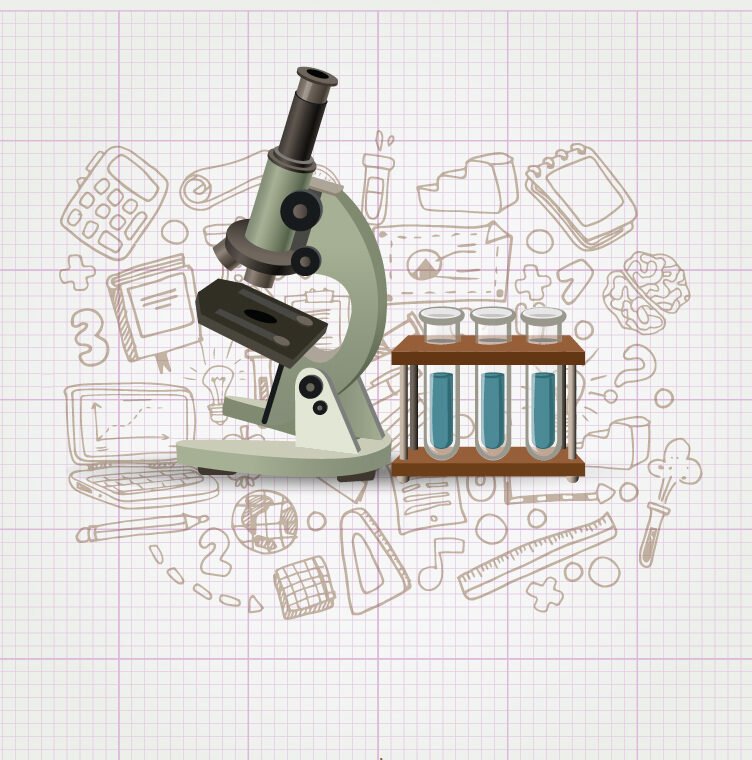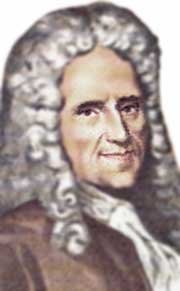The online heat and temperature simulations on this page allow us to delve deeper into these two important scientific concepts. We will discover what heat is, what temperature is, and what the relationship between heat and temperature is.
Concepts of heat and temperature
Heat and temperature are two related but different concepts. Understanding these concepts is important to many fields of science and engineering, including climatology, physics of matter and thermal engineering.
What is temperature
Temperature is a measure of the average kinetic energy of particles in a system, while heat is the transfer of thermal energy between two systems at different temperatures. The instrument for measuring temperature is called a thermometer and the units of measurement are degree Celsius (°C), degree Fahrenheit (°F) and degree Kelvin (°K).
What is heat
Heat is the transfer of thermal energy from one system to another. Heat transfer can occur by convection, conduction or radiation. Specific heat is the amount of heat required to raise the temperature of a material by one unit of temperature. The amount of heat transferred between two systems depends on the temperature difference between them and the amount of mass and specific heat of the systems.
Relationship between heat and temperature
Heat is not the same as temperature. The temperature of a system is directly related to the heat energy it contains, but temperature is not the only factor to consider. For example, two systems can have the same temperature, but if they have different masses or specific heat, the amount of heat required to raise their temperature will be different.
Explore the exciting STEM world with our free, online simulations and accompanying companion courses! With them you'll be able to experience and learn hands-on. Take this opportunity to immerse yourself in virtual experiences while advancing your education - awaken your scientific curiosity and discover all that the STEM world has to offer!
Heat and temperature simulations
- Specific
- Capacity
- Thermometer
- Conduction
- Convection
- Transfer
- Energy
Specific heat
Specific heat is the amount of thermal energy required to raise the temperature of one gram of a substance by one degree Celsius (°C) or one kelvin (K). It is expressed in J/(g-°C) or J/(kg-K) and varies according to the material, since it depends on its capacity to store thermal energy. See in this animation what happens when the same amount of heat is applied to two products with small and large specific heat respectively.
Heat capacity
Heat capacity is the amount of heat that a body or substance needs to absorb or release to change its temperature by 1 degree Celsius (°C) or 1 kelvin (K). It differs from specific heat in that heat capacity refers to the whole object, whereas specific heat is an intrinsic property of the material and is measured per unit mass. Observe in this animation what happens when applying the same amount of heat to two bodies with small and large heat capacity respectively.
Thermometer
A thermometer is a measuring instrument used to determine the temperature of a body, an environment or a substance. It works by means of different principles such as volume variation with temperature or electrical resistance or thermal radiation. This simulation shows the principle of operation of a mercury or alcohol thermometer, based on the expansion of a liquid inside a glass tube.
Heat conduction
Heat conduction is the process by which thermal energy is transferred through a material without visible movement of matter. It occurs when molecules in a hot region vibrate and transfer energy to neighboring cooler molecules, spreading heat from a higher temperature zone to a lower temperature zone. This type of heat transfer is most efficient in solids, especially metals. In this simulation you can see what happens as you move the cold zone closer to the hotter one.
Heat convection
Heat convection is the process of heat energy transfer through the movement of a fluid (liquid or gas). It is due to temperature differences within the fluid, which generates density variations and causes the displacement of hot material towards cold areas and vice versa.
In this simulation you can see what happens when heating an area and how heat is transferred by convection.
Energy Forms and Changes
Explore how cooling or heating iron, brick, water, and olive oil increases or decreases energy. See how energy is transferred between objects. Build your own system, with sources, changes, and uses of energy. Track and visualize how energy flows and changes through your system.
File
- Heat and cold
- Temperature
- Thermometer
- Transfer
- Energy
Temperature Scales
Conversion between degrees Celsius, Fahrenheit and Kelvin. What is the lowest temperature that can be reached in degrees Celsius?
Calibration of a thermometer
Steps to calibrate a thermometer in degrees Celsius using the phase changes of water.
Energy Forms and Changes
Explore how cooling or heating iron, brick, water, and olive oil increases or decreases energy. See how energy is transferred between objects. Build your own system, with sources, changes, and uses of energy. Track and visualize how energy flows and changes through your system.
File
Giants of science
“If I have seen further, it is by standing on the shoulders of giants”
Isaac Newton

Michael Faraday
–

Joseph Louis Gay-Lussac
–
Become a giant


Thermodynamics and Phase Equilibria



Thermodynamics



Entropy and Equilibria



Energy and Thermodynamics


Preparing for CLEP Chemistry: Part 1



Big Bang and the Origin of Chemical Elements



Pre-University Chemistry





























